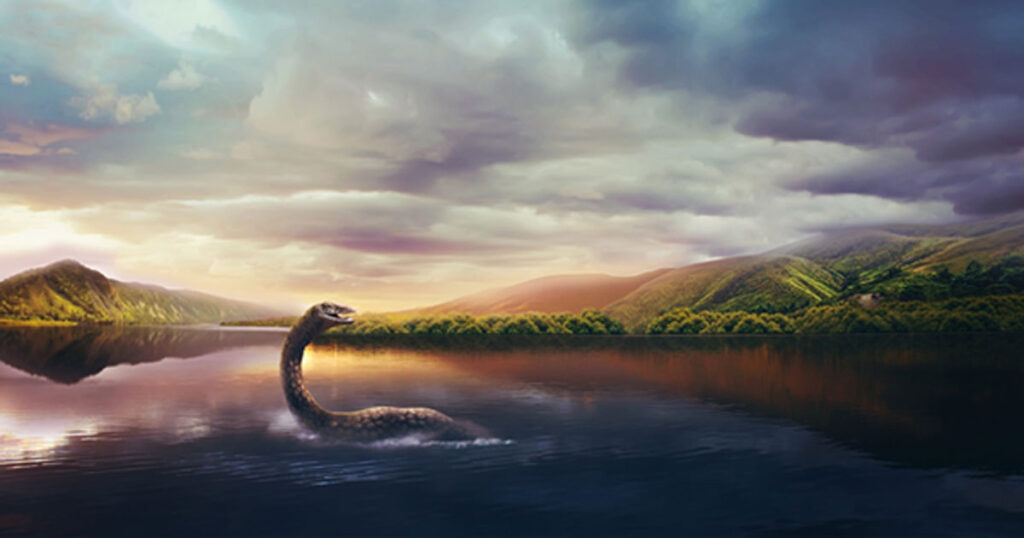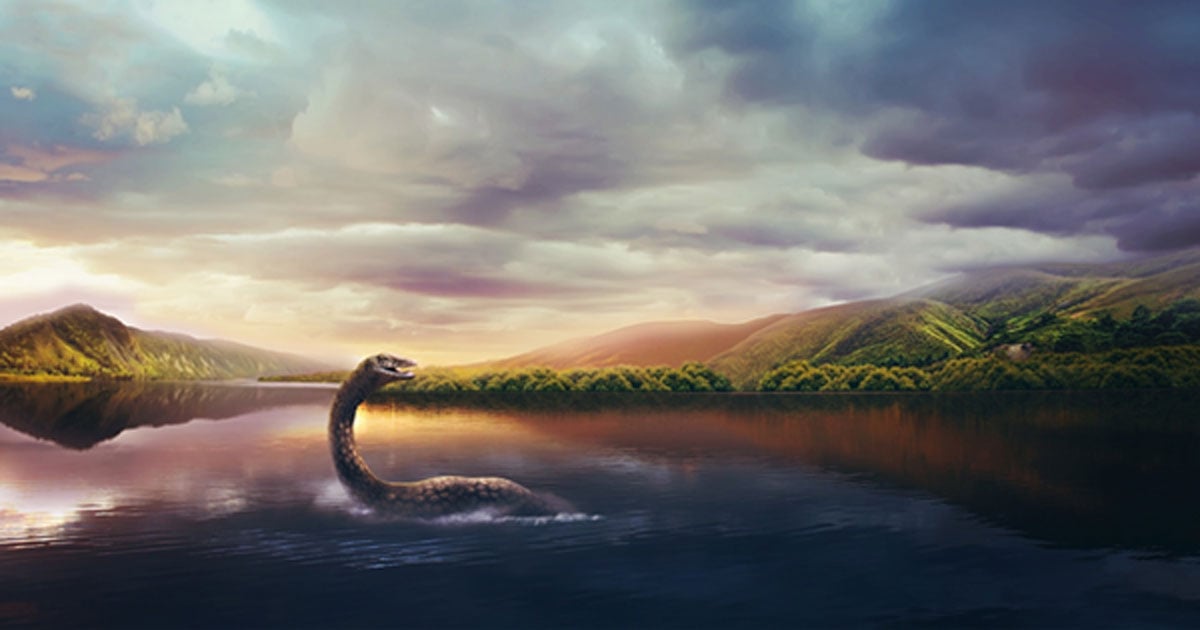

Ever since the Irish Missionary St. Columba confronted a ‘great serpent’ in the River Ness in 565 AD, Loch Ness in Scotland has been the traditional home of the famous monster by the same name. But has the mystery of the elusive creature finally been solved by scientists?
A New Study About the Loch Ness Monster
Research carried out last year revealed the creature as being worth £41 ($45.6) million a year to the Scottish economy and the main party line is that ‘she’ is a survivor from the last Ice Age. When the problem of the sea being landlocked is raised, of course she was washed into the loch during a flood, sometime in pre-history. However, to others, the whole ordeal is no more than creative imaginations in overdrive. But there is no arguing that the Loch Ness Monster sparks fascination in both believers and skeptics.
Now, according to a new study published in the scientific journal Earth Sciences History, the legend of the Loch Ness Monster, and sightings of many other long-necked “sea monsters”, may ‘all’ have been influenced by Georgian fossil hunters after the first dinosaurs were discovered.

Sightings may have been prompted after dinosaurs’ fossils were discovered. Restored skeleton of plesiosaurus. (FunkMonk / CC BY-SA 2.0)
Arch skeptics have for decades refuted claims that Nessie was a plesiosaur, not only because a colony of around 40 creatures would be required to breed successfully, but that they would have to surface for air several times a day causing hundreds of sightings, daily. Not to mention that plesiosaurs cannot bend their necks, therefore they couldn’t have extended their heads above the water line like many of the eye witness accounts claim seeing.
Did Something Influence ‘Sightings’ of the Loch Ness Monster?
But the new study proposes that an increase of sightings of sea serpents in the early 19th century was “heavily influenced by early dinosaur fossil discovery”, after British fossil hunter William Buckland first discovered dinosaur fossils in 1819. The paper’s abstract says, “Here we test the hypothesis, first suggested by L. Sprague De Camp in 1968, that after Mesozoic reptiles became well-known, reports of sea serpents, which until then had tended towards the serpentine, began to describe the monster as more and more resembling a Mesozoic marine reptile like a plesiosaur or a mosasaur.”

The Loch Ness Monster is described as resembling a Mesozoic marine reptile. (Fæ / Public Domain)
Palaeontologist Darren Naish of the University of Southampton and Researcher Charles Paxton of the University of St Andrews examined more than 1500 genuine “monster” sightings (excluding hoaxes), going back to 1801. From then until the early 1930s when the famous “surgeon’s photograph” emerged, eye witness accounts of long-necked creatures mentioning, or describing, plesiosaurs increased from “10 percent of all sightings to about 50 percent” according to the study.
In an interview with The Telegraph, Paxton and Naish said, “The discovery of long-necked marine reptile fossils in the 19th century does appear to have had an influence on what people believe they have spotted in the water.”
Recent Sightings of the Loch Ness Monster
This paper is published only a week after the Inverness Courier reported that Mr. Rory Cameron, managing director at Cobbs Bakery in Drumnadrochit, caught images of Nessie on his mobile phone, “I was at St. Ninian’s just past the exhibition center outside Drumnadrochit when I saw something moving very fast in the water,” said the 36-year-old. He added “I’ve lived in the area for 20 years and I’ve driven on the A82 every day, but I’ve never seen anything like this.”
Comparing the object in the footage to the size of Urquhart Castle Rory points out that “whatever it is, is minuscule” and he added that it can’t be a boat or a jet ski because there is no water coming out of the back. Mr. Cameron said he certainly believes there is something out there in Loch Ness.
And this sighting came only weeks after an L-shaped black object was spotted on the loch by an Irish couple, Lisa Brennan and her partner Danny, who spotted “the beast” while driving near Urquhart Castle. Lisa snapped the black object before it disappeared below the water and she told reporters at the Daily Record: “We were driving around the loch and as we got to Urquhart Bay, just before the castle, I spotted a dark object around 3 feet (0.9 meters) tall above the water surface.”

Lisa and Danny believe they photographed the Loch Ness Monster. (Lisa Brennan / YouTube Screen)
Nessie was reported to have been seen 15 times in 2018 and the first sighting of the Loch Ness Monster for 2019 was reported by Jonas Detsch of Aberdeen who claimed to see a 55 yard (50 meter) long disturbance that was caused underwater by “something large” on January 24.
It will be interesting to see how the new research affects the publics perceptions as word circulates about the mass-delusion being proposed by this new paper. But knowing Scots folk, if the study effects tourist income next year the scientists had better run to the hills before getting a really close up ‘feel’ for just how unwelcome facts are in these parts of the world, that depend on myths to survive.